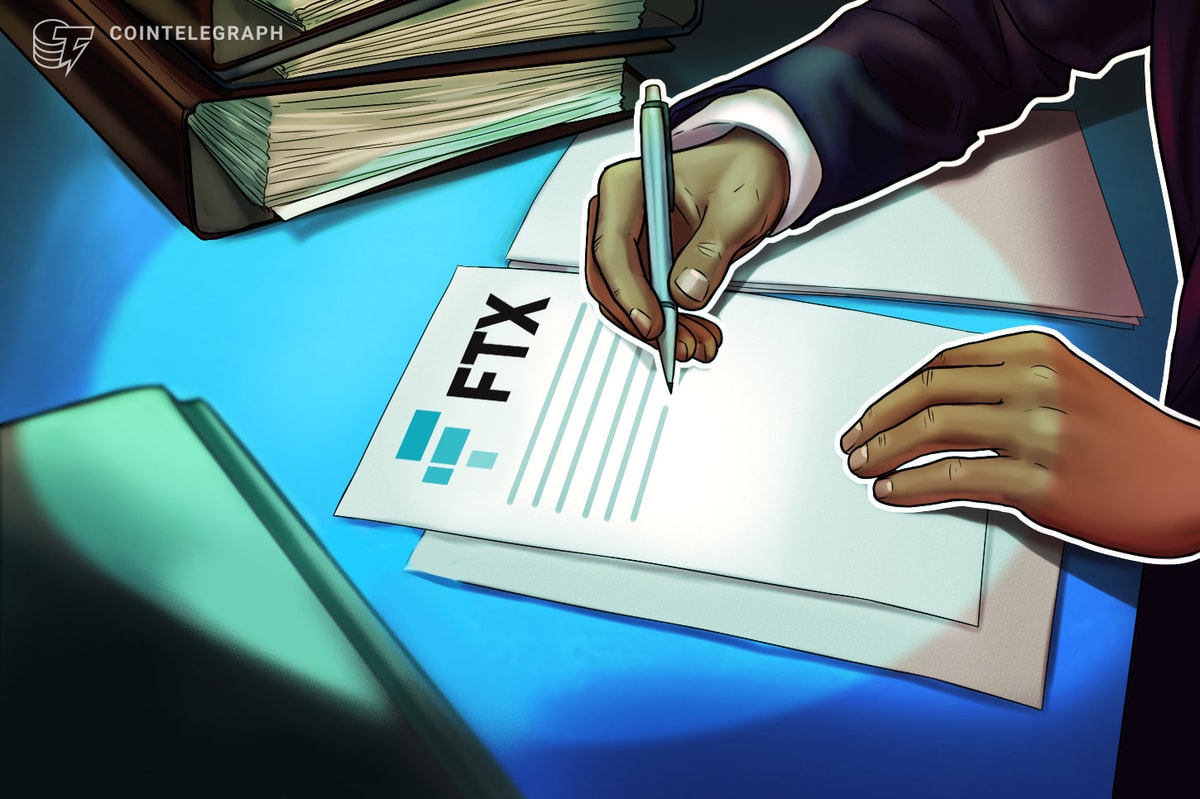Income is for sale, and with a good eye, you can scoop up yields exceeding 4% on the cheap. Dividend-paying exchange traded funds are at a discount relative to the overall market, with offerings like the iShares Select Dividend ETF (DVY) and the SPDR Portfolio S & P 500 High Dividend ETF (SPYD) posting a total return of about -4% this year. In comparison, the S & P 500 is up nearly 15% in 2023. At least some of that disparity can be attributed to the banner year the tech sector is enjoying, up nearly 40% in 2023. Meanwhile, dividend stalwarts like Coca-Cola , Exxon Mobil and Johnson & Johnson are all negative this year. But whether it’s time to back up the truck and stock up on cheap dividend payers will depend on a range of factors, including risk appetite and style. “I think it’s something you need to be prudent about,” said Ryan Jackson, manager research analyst for passive strategies at Morningstar. “As tempting as it is to say they’re down and it’s time to pull the trigger, you should exercise some prudence and caution.” Nuance around income payers There’s a multitude of strategies beneath the dividend-paying ETF umbrella, but Jackson thinks of the universe in three tiers. First, there are strategies that are focused on income but also “lean into cheap and beaten-down stocks,” the analyst said. He pointed to DVY as an example; the fund has a 30-day SEC yield of 4.23%. Notable constituents include Altria Group, which has an 8.3% dividend yield, and Verizon , which touts a yield exceeding 7%. Both stocks are down in 2023. The second category combines aspects of growth and income. This would include the Vanguard High Dividend Yield ETF (VYM) , which has a total return of about -1.6% this year, and the WisdomTree U.S. Total Dividend ETF (DTD) , with a total return of 2.5%. These names offer modest yield – VYM has a 30-day SEC yield of 3.2% – with slightly better performance compared with its peers that focus on higher paying names that are beat up. Finally, there are dividend-payers with a growth focus, such as the iShares Core Dividend Growth (DGRO) and the Vanguard Dividend Appreciation (VIG) ETFs. With these names, you’re capturing price appreciation, but more modest income. VIG, for instance, has a total return of 6% this year, but offers a 30-day SEC yield of 1.82%. Its constituents include Microsoft and Apple , up 36% and 44% this year, respectively. Both tech giants offer yields below 1%. Finding the right strategy When picking out which strategy is right for you, consider how these funds held up during 2022 as well as in the first six months of 2023. Portfolio income from steady dividend payers can help blunt the pain of seeing your value decline. “The funds in that higher yielding bucket were the stars of the show in 2022 when the broad market was down nearly 20%,” said Jackson. “They had their moment in the sun last year.” Whether it’s time to snap up these dividend payers will also depend on your risk appetite and your timeline. “Look at the Dow – it isn’t really doing anything, but the companies pay dividends and don’t really cut them,” said Jordan Benold, a certified financial planner at Benold Financial Planning. “It’s the equity play in retirement that isn’t that aggressive.” For income investors who want to shy away from equity exposure in the short term, Benold noted that six-month Treasury bills are yielding more than 5.4%. “In the short run, if you want to save for a wedding or a down payment, throw it into T-bills,” he said.








